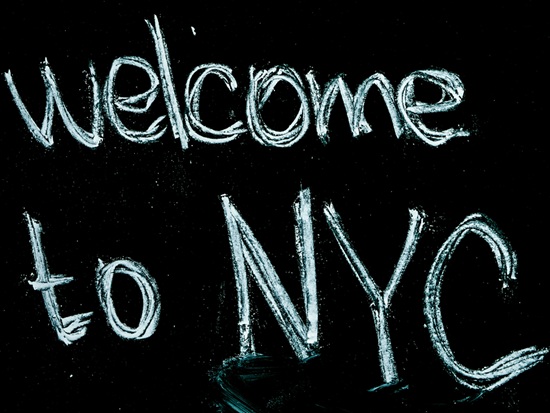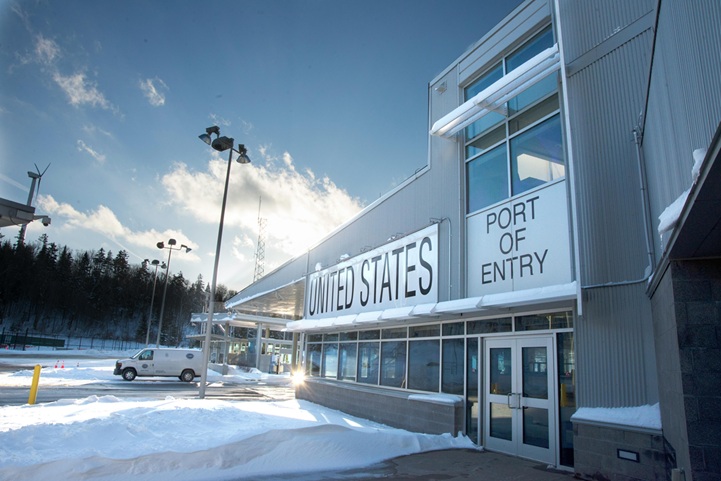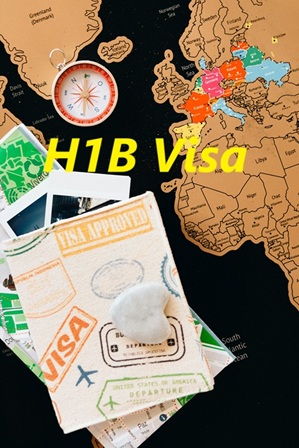H-1B Visa Program 2025

The H-1B visa program, a cornerstone of the United States’ immigration system, has long been a gateway for highly skilled professionals seeking to contribute their expertise to the American economy. In a significant move, the United States is set to implement an updated version of this program starting January 17, 2025. Announced by the US Department of Homeland Security (DHS), these reforms aim to enhance fairness, efficiency, and transparency while addressing concerns of abuse and fraud that have plagued the system in recent years.
This modernization comes at a time when the global competition for top-tier talent is more intense than ever. With these updates, the H-1B program not only adapts to the evolving needs of the 21st-century workforce but also strengthens the United States’ position as a hub for innovation and economic growth.
Enhancing Competitiveness and Flexibility
Alejandro N. Mayorkas, the Secretary of Homeland Security, highlighted the significance of these reforms in a recent statement: “These improvements to the program provide employers with greater flexibility to hire global talent, boost our economic competitiveness, and allow highly skilled workers to continue advancing American innovation.”
The reforms are particularly relevant to Indian professionals, who constitute a substantial share of H-1B visa holders. In 2023 alone, Indian nationals accounted for a staggering 72.3% of the 386,000 H-1B visas issued. By refining the program, the United States is not only tapping into a critical talent pool but also ensuring a more equitable and efficient system that benefits employers and employees alike.
Key Updates to the H-1B Program
The upcoming changes to the H-1B program touch on several aspects, including eligibility criteria, application processes, and measures to prevent misuse. Here’s a closer look at the highlights:
Revised Criteria for Specialty Occupations

One of the most significant changes involves the definition of “specialty occupation.” Moving forward, degrees required for H-1B positions must be “directly related” to the job duties. This adjustment ensures that only highly relevant and skilled professionals are granted visas, aligning the program more closely with its original intent.
Updated Cap-Exempt Rules
Certain institutions, such as universities, affiliated nonprofit entities, and governmental research organizations, will benefit from new cap-exempt provisions. These organizations can now file H-1B petitions year-round if their primary focus is research. This change is expected to enhance the accessibility of global talent for institutions that drive innovation and academic advancement.
Simplified Processes for F-1 Students
Transitioning from an F-1 student visa to H-1B status will become smoother, thanks to automatic cap-gap extensions. This move ensures that students can continue contributing to the workforce without unnecessary interruptions. Additionally, United States Citizenship and Immigration Services (USCIS) will expedite the processing of H-1B extensions and revisions, reducing delays for both employers and employees.
Stricter Safeguards Against Abuse
The integrity of the H-1B lottery system has been a subject of concern for years. To address this, stricter measures will be implemented to prevent abuse, such as penalties for bulk applications by employers. Enhanced compliance inspections will further ensure that the program benefits genuine applicants and reputable employers.
Recognizing Entrepreneurs
Entrepreneurs with controlling interests in their sponsoring organizations will now qualify for H-1B visas under stricter conditions. This change acknowledges the growing role of entrepreneurs in driving innovation while maintaining rigorous oversight to prevent misuse.
Digital Modernization
The USCIS is embracing digital technologies to streamline the H-1B application and lottery processes. By adopting a digital-first approach, the system will become more efficient, transparent, and secure. Starting FY 2025, for instance, valid passport or travel document information will be required for each registered beneficiary, enhancing the program’s integrity.
Costs Associated with the H-1B Visa Program in 2025
The financial aspects of the H-1B visa process have also been clarified as part of the reforms. Here’s a breakdown of the costs:

H-1B Registration Fee: $10
Base Filing Fee: $460
Anti-Fraud Fee: $500
Additional Employer Fee: $4,000 (for employers with more than 50 employees, where over 50% are on H-1B or L-1 visas)
Premium Processing Fee (Optional): $2,805
While the responsibility of covering these costs primarily falls on employers, certain fees, such as the visa stamping fees, may be borne by employees. It’s worth noting that US immigration laws prohibit employers from passing on mandatory fees, like the base filing and anti-fraud fees, to employees.
A Fairer and More Transparent Future
The beneficiary-centric selection process introduced by USCIS marks another milestone in the evolution of the H-1B program. By prioritizing unique beneficiaries over multiple employer registrations, this approach aims to create a level playing field for applicants.
The modernized rules reflect a thoughtful balance between maintaining the program’s accessibility and safeguarding its integrity. Employers will now be required to provide more detailed documentation to demonstrate a legitimate employer-employee relationship, ensuring that the system is not exploited.
Broader Implications for Nonimmigrant Visas
The H-1B reforms are part of a broader effort to modernize the United States’ nonimmigrant visa framework. Similar updates are being made to the L1 and student visa programs, underscoring the administration’s commitment to creating an immigration system that is both robust and adaptable to current needs.
Looking Ahead

As the United States gears up to implement these changes on January 17, 2025, the focus remains on fostering innovation, enhancing economic competitiveness, and ensuring fairness in the global talent ecosystem. For employers, the reforms bring greater flexibility and efficiency. For skilled professionals worldwide, they offer a clearer and more transparent pathway to contribute to one of the world’s most dynamic economies.
The modernized H-1B visa program is more than just a policy update—it’s a testament to the United States’ commitment to remaining a global leader in innovation, research, and economic growth. By addressing longstanding challenges and embracing forward-thinking solutions, the program is set to usher in a new era of opportunity and progress for both American employers and the global workforce.
Disclaimer:
This blog is intended for informational purposes only and should not be construed as legal, financial, or immigration advice. While every effort has been made to ensure the accuracy and timeliness of the information provided, immigration laws and regulations are subject to change. Readers are encouraged to consult official government sources, such as the United States Citizenship and Immigration Services (USCIS), or seek guidance from qualified legal professionals or immigration consultants for specific concerns or cases.
The details regarding the H-1B visa program, including costs, eligibility criteria, and processes, are based on the latest available updates as of January 2025. However, the application of these rules may vary depending on individual circumstances and employer requirements. The article does not guarantee visa approval or success in the application process.
Neither the author nor the publisher assumes liability for any errors, omissions, or potential consequences resulting from the use of this information. Users are solely responsible for verifying the accuracy and applicability of the content in their unique situations.
For official and authoritative updates, always refer to the DHS, USCIS, or other relevant agencies’ websites.


Recent Comments